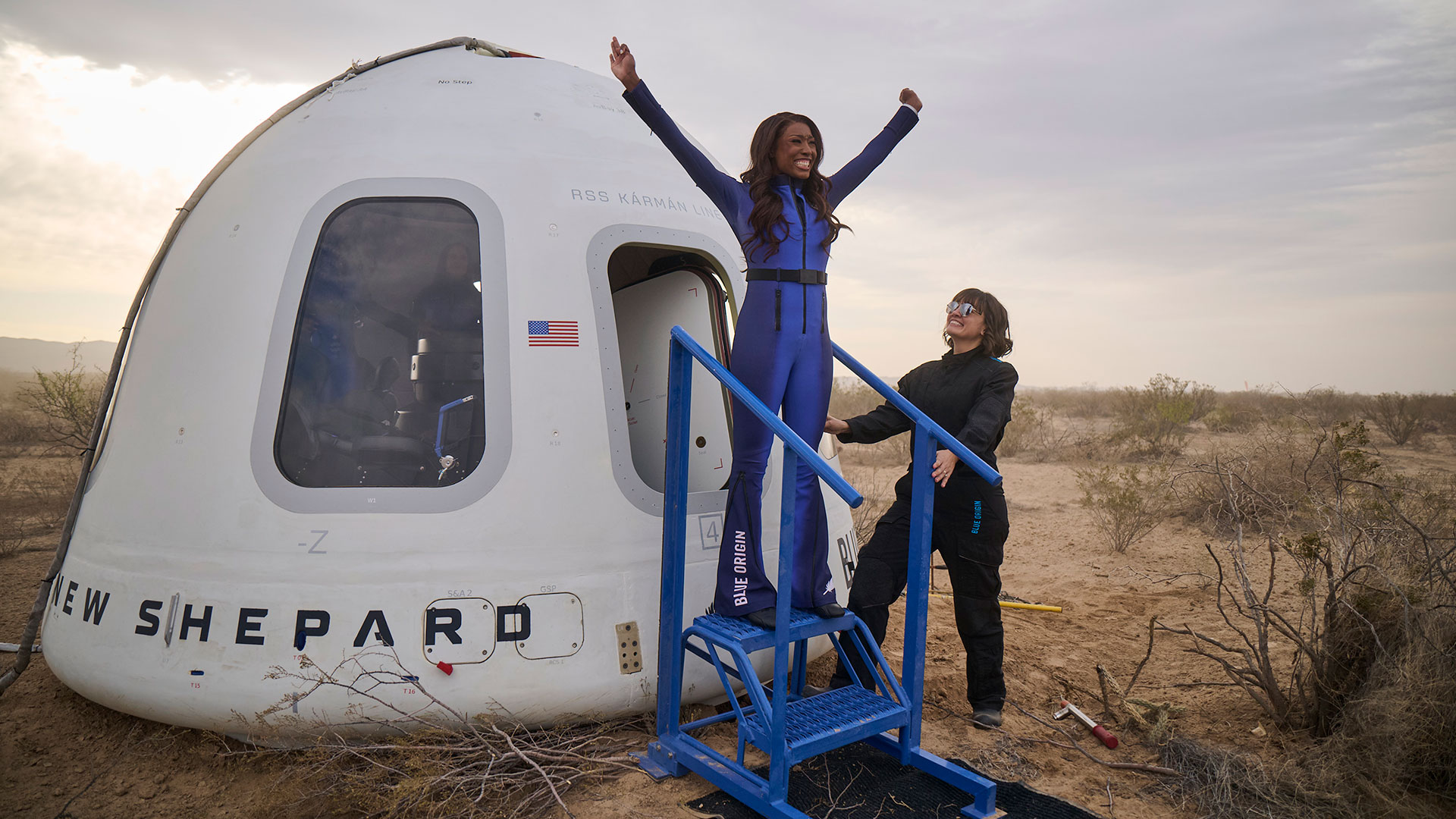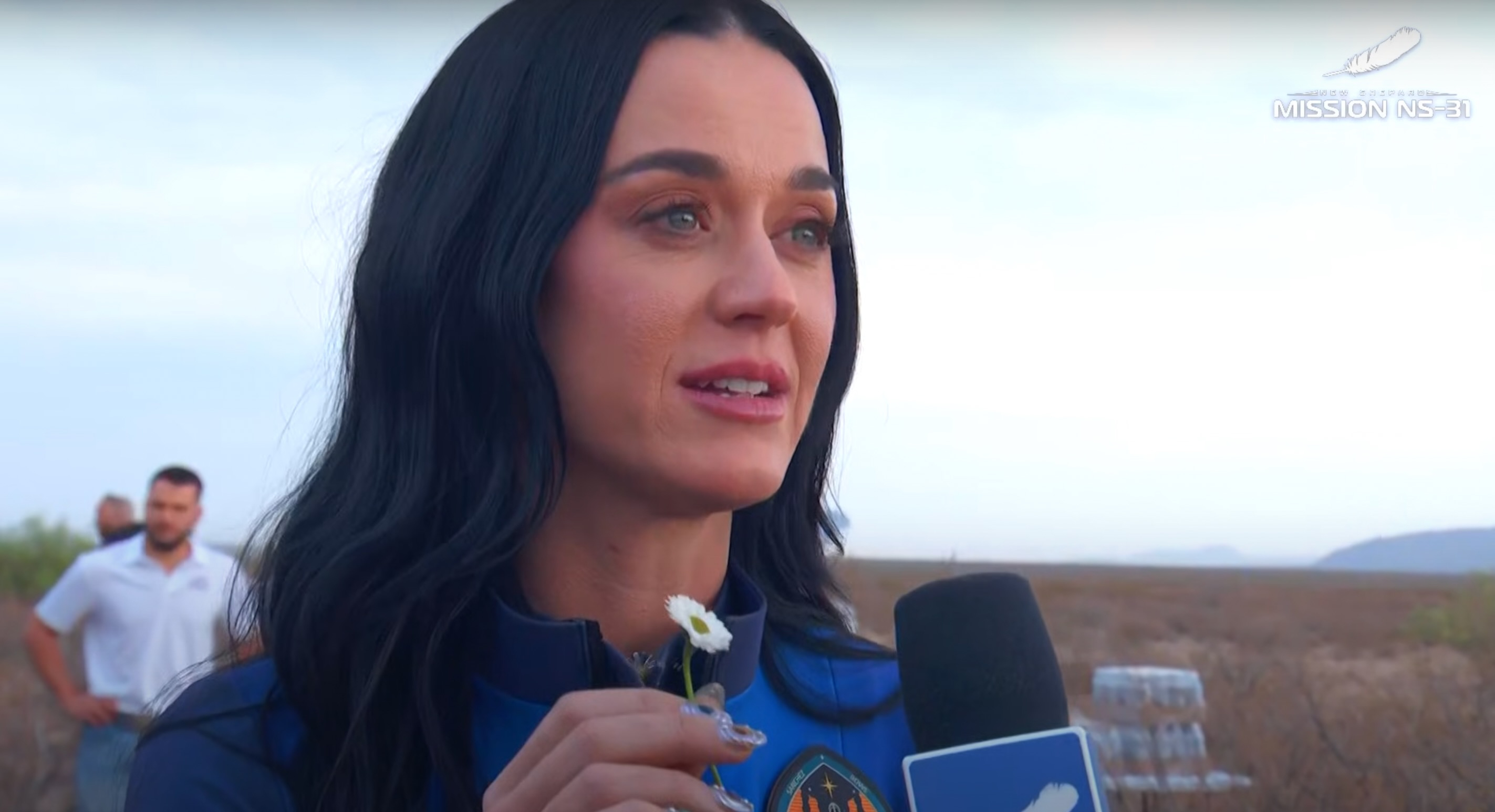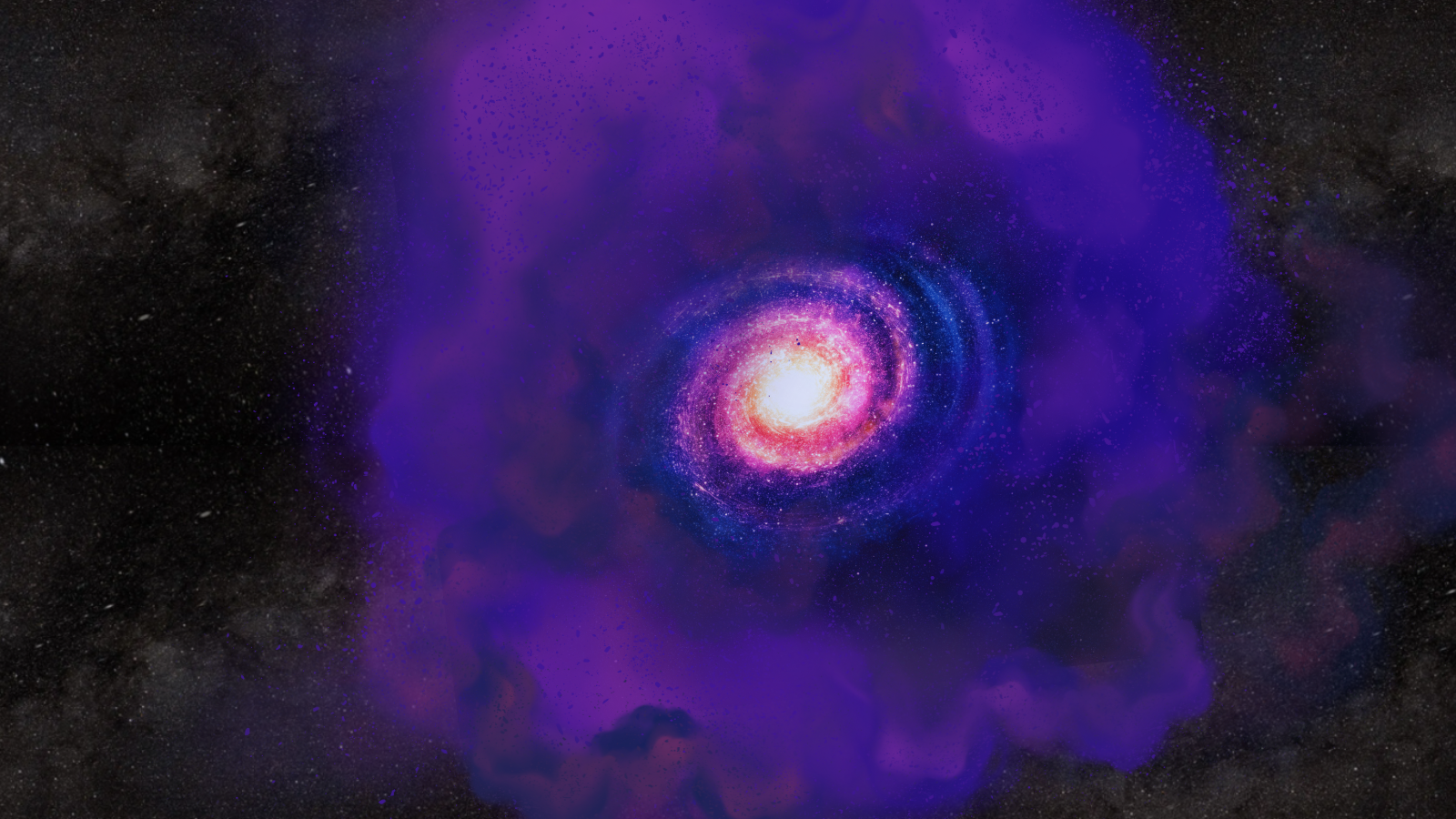Some planet-forming stars never 'grow up' and lose their 'Peter Pan' disks
"We described them as 'never growing up' because they have maintained their primordial disk long after the expected time frame for primordial disks to have dissipated."
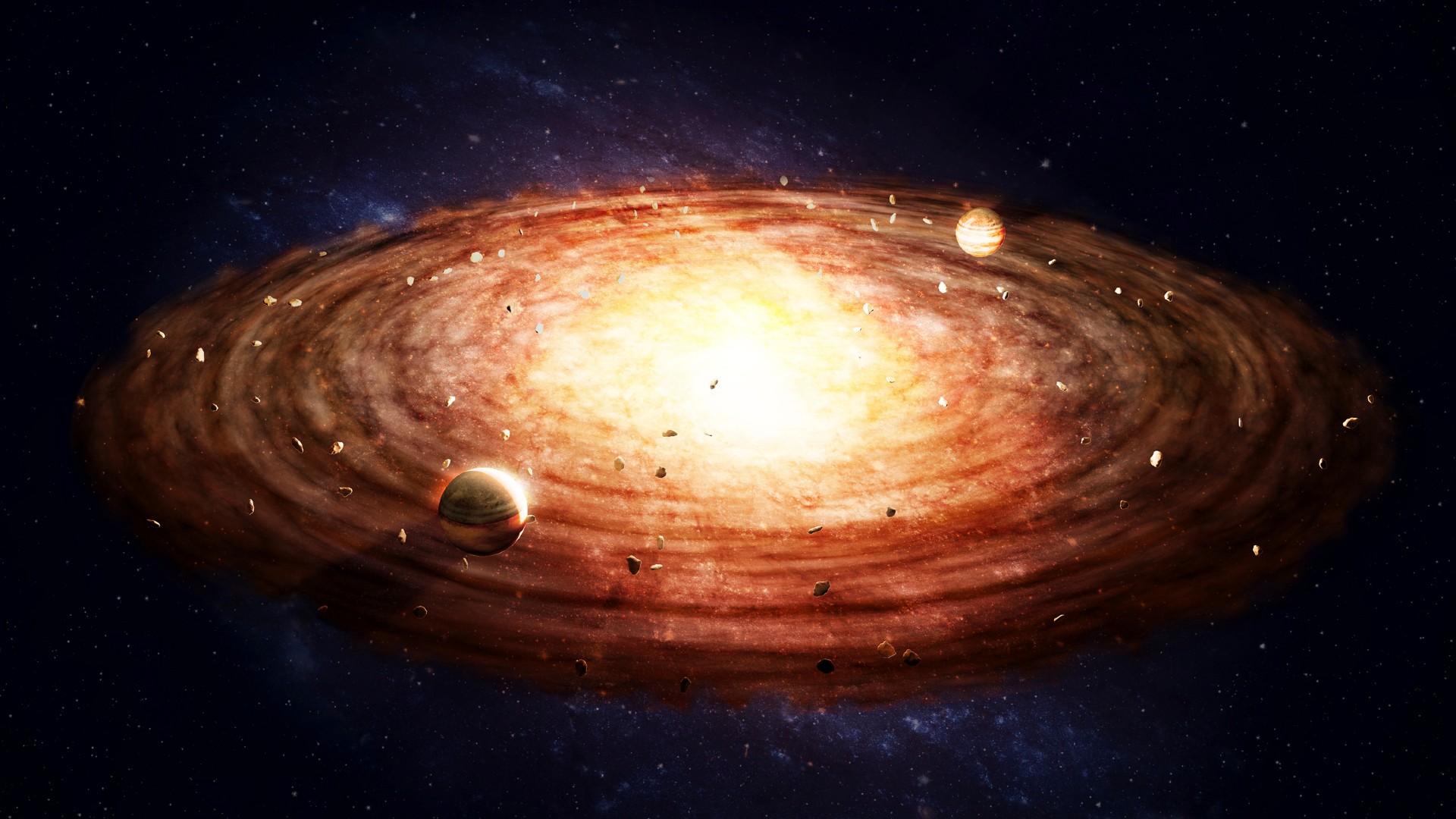
Planet formation around low-mass stars may be suffering from Peter Pan syndrome. While previous observations and models have suggested that a disk of planetary building blocks should be 'fully grown' - having burned through its world-making material - in about 10 million years, a new kid on the block is proving them wrong, weighing in at roughly 30 million years.
Using the Atacama Large Millimeter/submillimeter Array (ALMA), astronomers have probed one of the previously-identified Peter Pan disks around a low-mass star. But instead of seeing a disk that had transitioned out of planet formation, they found a disk rich in hydrocarbons, with chemical signatures never seen before in such a dated disk. This extended lifetime could have important implications for planet formation, at least around low-mass stars.
"A long-lived disk can provide more time for the build-up of massive cores," Feng Long, a researcher at the University of Arizona's Lunar and Planetary Lab and first author on the new paper, published in The Astrophysical Journal Letters, told Space.com by email. "Thus giant planets may be able to form before disk dissipation."
I won't grow up!
After a star forms, leftover dust and gas combine to create a material-rich reservoir known as a protoplanetary disk. Collisions of material, both driven and stabilized by the gas, trigger the planet formation process. Observations of disks over the last two decades have revealed that most of these run out of gas inside the first 10 million years, leaving behind chunks of rock and ice to finish building up worlds.
In 2020, researchers working with the Disk Detective citizen science project, identified four low-mass stars as hosting what they refer to as 'Peter Pan disks'.
"We described them as 'never growing up' because they have maintained their primordial disk long after the expected time frame for primordial disks to have dissipated," Steven Silverberg, current project lead of Disk Detectives, told Space.com by email. Silverburg, who is not part of the new research, studies young low-mass stars and protoplanetary disks.
According to Silverburg and his colleagues, Peter Pan disks have four primary qualities: they spin around a low mass star, have an age of no less than 20 million years, shine brightly in the infrared, and their signature shows signs of warm gas. Currently, there are only nine disks that fit this qualification.
Get the Space.com Newsletter
Breaking space news, the latest updates on rocket launches, skywatching events and more!
But previous observations only established that there was a disk with traces of gas. Further observations were required to determine whether they boast reservoirs of cold material and to estimate their dust and gas content.
Long and her colleagues turned NASA's James Webb Space Telescope (JWST) towards one of these disks around the star WISE J044634.16–262756.1B, referred to as J0446B. JWST was capable of peering into the dusty material and identifying a wealth of molecules never-before-seen in such an old disk. According to Long, JWST's improved sensitivity allows it to pick out molecules that may be too faint to be noticed by older instruments like NASA's Spitzer telescope.
The ingredients stirred up in J0446B's disk tell astronomers a lot about what's happening in the disk. The presence of argon and neon atomic lines suggest that soft X-rays and extreme ultraviolet rays may be responsible for ionizing the disk. That could help to explain why the disk has lasted so long. Stellar energy hitting the disk can ionize the gas inside of it, blowing away the gas. Stellar radiation and ionization also directly impact the temperature of the disk, affecting how the dust and gas move. Together, this can impact the chemistry of the disk, driving the formation of more complex molecules.
How do scientists determine the age of a disk? It all depends on the star.
"Measuring stellar age is known to be challenging," Long said. Fortunately, most stars don't form on their own but remain within a group. "Though the absolute stellar age is uncertain, the relative age difference can be robust."
Astronomers examine the cluster of stars around an individual. Clusters of stars move through the galaxy together like a pack of hooligans, and can be dated as a group. That suggests that they formed at roughly the same time.
As instruments become more precise, astronomers are better able to constrain those ages. The European Space Agency's Gaia mission has provided precise measurements for more than a billion stars over its recently-completed 12-year mission that have allowed researchers to further refine those ages, setting J0446B and its disk at approximately 33 million years old.
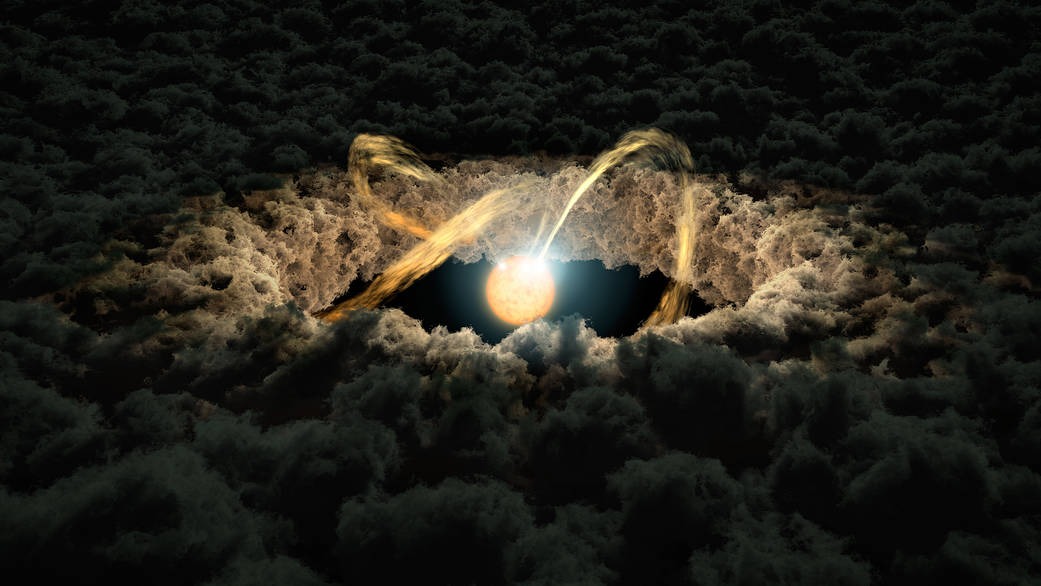
To build a planet
At some point during the protoplanetary disk's lifetime, the rock, ice and gas begin to coalesce into planetary cores. Long-lived disks could play an important role in their formation and preservation. Giant planets are thought to form within the first few million years because they require a large amount of gas. Rocky planets can take as long as tens of million years after the gas is gone to form, Long said.
But if the gas sticks around for longer timescales, that may allow more time for giant planets to be built. And the presence of gas can help them to stick around longer, dampening wild orbit swings that might otherwise result in ejected worlds.
Silverberg is cautious, pointing out that low-mass stars tend to start out with less gas than their larger stellar cousins. Even if the gas sticks around longer, there just may not be enough to build up massive giants. That fits observations, where low-mass stars have few to no giants.
The makeup of the disk also affects what types of planets may have formed. Hydrocarbons were particularly thick in the J0446B. Long thinks that carbon-rich disks may be a signature of long-lived disks around low-mass stars. The elevated carbon levels could linger to affect planetary atmospheres. Rocky worlds orbiting these smaller stars could have rich carbon atmospheres, or even hazes, like Saturn's moon Titan. Titan is considered one of the best candidates for life to evolve in our solar system.
"The high carbon-to-oxygen ratio may help build methane-rich atmospheres and lead to haze formation," Long said.
Cosmic rarities
So how common are these Peter Pan disks? Not very. Only nine have been detected so far, none examined as in depth as J0446B. While most live in stellar clusters that allow for easy dating, Gaia's improved precision is causing adjustment to the ages of some stars.
The question of why these stars, specifically, have such long-lived disks remains unknown. Low mass stars have lower radiation, which could allow their disks more time to survive. But clearly not all low-mass stars form Peter Pan disks.
The shortage may be related to what instruments can find today. "It seems plausible that the dearth of detections of disks of this sort is instead due to the limits of observation, rather than an actual dearth of such systems," Silverstone wrote in his 2020 paper.
Alternatively, it may be something specific to the disks themselves.
"For these specific long-lived disks, their disk may also somehow evolve slower than their disk-less counterparts around similar stars," Long said.
Join our Space Forums to keep talking space on the latest missions, night sky and more! And if you have a news tip, correction or comment, let us know at: community@space.com.
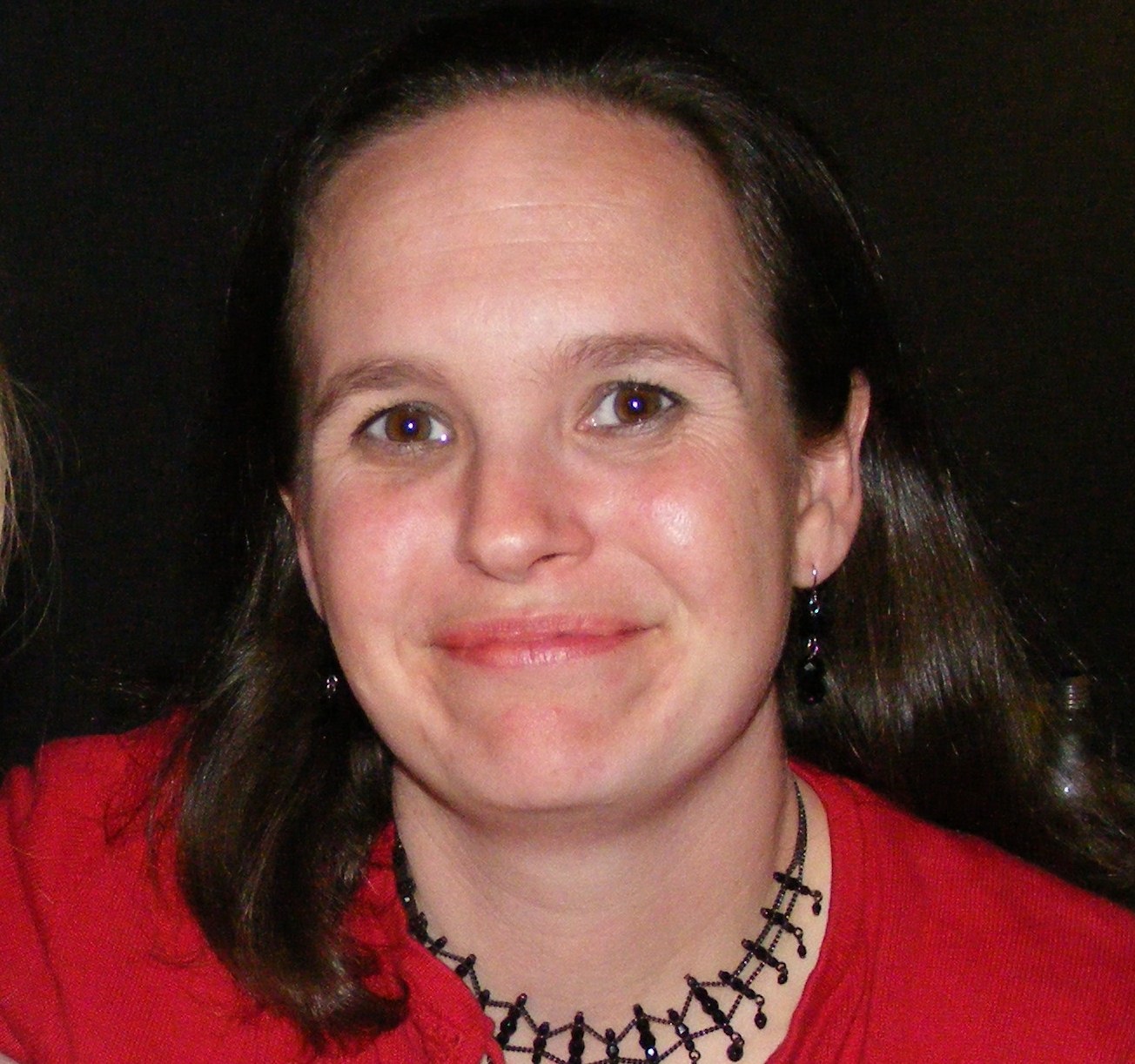
Nola Taylor Tillman is a contributing writer for Space.com. She loves all things space and astronomy-related, and enjoys the opportunity to learn more. She has a Bachelor’s degree in English and Astrophysics from Agnes Scott college and served as an intern at Sky & Telescope magazine. In her free time, she homeschools her four children. Follow her on Twitter at @NolaTRedd

